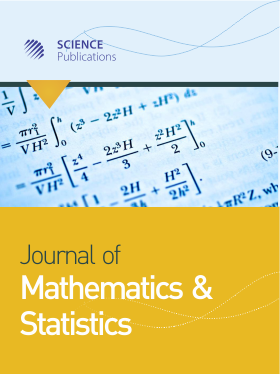A Numerical Test on the Riemann Hypothesis with Applications
Abstract
Problem statement: The Riemann hypothesis involves two products of the zeta function ζ(s) which are: Prime numbers and the zeros of the zeta function ζ(s). It states that the zeros of a certain complex-valued function ζ (s) of a complex number s ≠ 1 all have a special form, which may be trivial or non trivial. Zeros at the negative even integers (i.e., at S = -2, S = -4, S = -6...) are called the non-trivial zeros. The Riemann hypothesis is however concerned with the trivial zeros. Approach: This study tested the hypothesis numerically and established its relationship with prime numbers. Results: Test of the hypotheses was carried out via relative error and test for convergence through ratio integral test was proved to ascertain the results. Conclusion: The result obtained in the above findings and computations supports the fact that the Riemann hypothesis is true, as it assumed a smaller error as possible as x approaches infinity and that the distribution of primes was closely related to the Riemann hypothesis as was tested numerically and the Riemann hypothesis had a positive relationship with prime numbers.
DOI: https://doi.org/10.3844/jmssp.2009.47.53

- 4,050 Views
- 2,772 Downloads
- 0 Citations
Download
Keywords
- Riemann hypothesis
- zeta function
- gamma function
- errors
- prime
- asymptote
- integral
